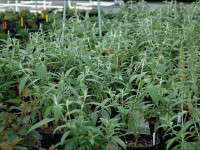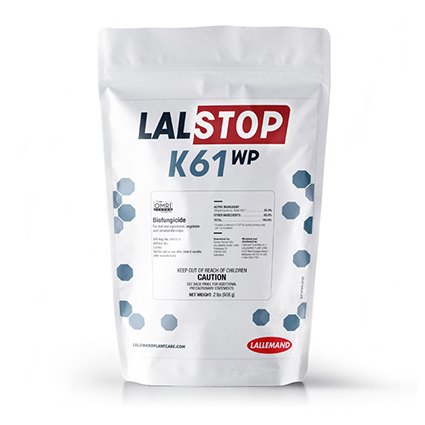More Shrubs That Can Be Greenhouse Forced

In the last installment, I sorted many common shrubs into “ease of forcing” groups, based on characteristics such as their visual impact in a container and disease problems.
Group 1: Would not fit into a mixed container program for the spring, including those with no outstanding features to their foliage or susceptible to disease. Since flowers were only formed on next year’s growth, forcing for flowers was out of the question.
Group 2: Will work for a spring program, but with numerous problems such as poor form, inconsistency of growth or flowering or unstable variegation.
Group 3: These plants work in the greenhouse, but require a bit more time, more marketing, etc.
Group 4: Plants that are easily forced and catch the eye. This group proved to be the most uniform, most colorful and most appealing to the eye of the consumer.
We determined the need, if any, for cold for all the shrubs brought into the program and sensitivity, if any, to photoperiod for many of them. Rooted liners in 32 tray packs were subjected to 33ËšF to 37ËšF in coolers for zero, four, six, eight or 10 weeks. Photoperiod treatments (long days or short days) were provided after the plants were removed from the cooler, planted in gallon containers and placed on the bench. The research was conducted on many taxa over a period of three years. No growth regulators were applied.
Here are a few others that fit in Group 4. Due to funding limitations, we did not look at them as closely as other subjects.
1. Buddleia ‘Peacock’: One of the better butterfly bushes we trialed.

z 34ËšF-37ËšF
y values followed by the same letter are not significantly different at p=0.05
Comments: Cold not necessary, this is one of the few shrubs that flower sufficiently on the bench. A short duration of cold reduced the bench time.
Recommendation: Receive plants in November, cool for six weeks. Plant in final containers and place on bench.
Results: A marketable plant will finish in 11 weeks in a gallon container.
2. Abelia ‘Silver Anniversary’: An excellent variegated shrub for the South. The variegation is appealing and stable.
z 34ËšF-37ËšF
y values followed by the same letter are not significantly different at p=0.05
Comments: Do not cool more than 6 weeks, and if long crop time is acceptable, do not cool at all. Cooling results in rapid death.
Recommendation: Receive cuttings in early November, transplant to final containers and place on bench.
Result: A marketable plant approximately four to five months after planting in a 1-gallon container.
3. Kolkwitzia ‘Dream Catcher’: One of our favorite shrubs, producing pendulous stems of coppery gold leaves. Very cold hardy.
z 34ËšF-37ËšF
y values followed by the same letter are not significantly different at p=0.05
Comments: Plants require cold or LD (data not shown). If provided with LD, little cold is needed. However if LD are not possible, cold is required
Recommendations: Receive cuttings in November, place in cooler for six weeks and then provide LD (night break lighting) in the greenhouse, or leave in cooler for eight weeks if plants are to be grown under natural winter days.
 |
 |
Results: A marketable plant in 12 weeks in a gallon container.
In summary, there are dozens of shrubs that can be grown in the greenhouse. There are many problems; probably the most limiting is the lack of a consistent supply of uniform cuttings. This is where the research efforts should be concentrated in the future.
These articles demonstrably show that forcing shrubs can be accomplished in a reasonable amount of time. The selection is important, as we have also shown that not all plants lend themselves to these practices. I have no doubt the retail market is ready for more shrubs than ever before. With a proper marketing program, good signage and a consistent product, I see shrubs as the next perennials. After all, they are simply “perennials with bark.”









